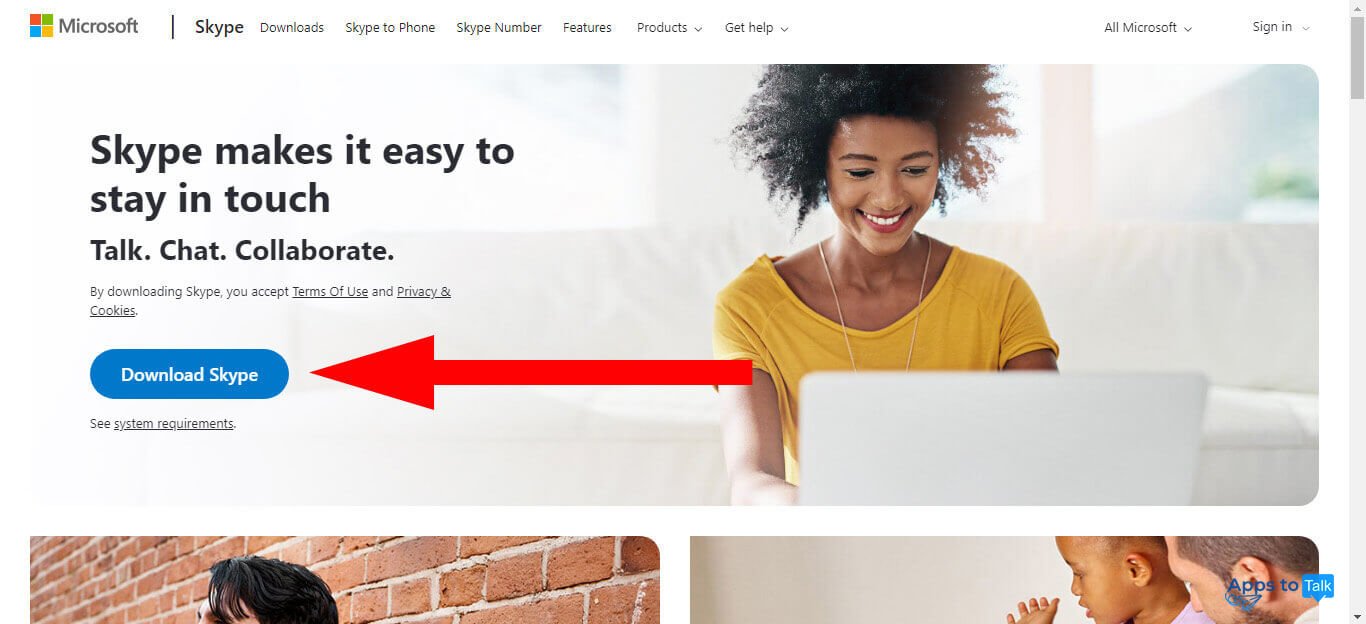

If there are multiple people in the frame, Portal can automatically pan and zoom to fit everybody in the frame. And the camera will zoom in that person so you can better see their face. Not only can you video call somebody and not have to hold your phone right in front of your face, but Portal’s smart camera can lock onto that person’s face and track them as they walk around the room (so long as they stay in frame). You’ve already been able to video call friends through the Messenger app (smartphone to smartphone), but with Portal, you get a much more hands-free experience. Note: For clarity, we refer to both Portal and Portal+ simply as “Portal” for most of this article because they work the exact same way. The Portal+ also has a more powerful speaker.

The Portal+’s display alsos, meaning can flip it around so it rests horizontally or vertically. The Portal has a smaller and lower-res display (10-inch, 720p) than the Portal+’s display (15-inch, 1080p). The only differences between the two are on the hardware side, as they work the same exact way. Pre-Order Now: $199 (Portal) Pre-Order Now: $349 (Portal+) Portal and Portal+: What’s the Difference? Here’s what else you need to know about Portal and Portal+. Additionally, Portal and Portal+ have Alexa built-in, so you can ask Portal about the weather, play Spotify tracks or control your smart home devices just like you would with an Amazon Echo.īut that just covers the basics. And three, these cameras are capable of some pretty impressive AI technology, enabling them to make video calls more interactive. Second, they feature really nice cameras that can track multiple subjects simultaneously, and automatically pan around the room or zoom-in on people’s faces. Despite their similar concept, they differ from Amazon’s Echo Show ($229) of Lenovo’s Smart Display ($200+) for a couple of big reasons.įirst, Portal and Portal+ leverage Facebook’s popular Messenger app. They’re smart speakers with a screen that aim to change the way people video chat from home. Facebook has been working on non-Oculus hardware projects for some time and today we got to find out exactly what one of those was.


 0 kommentar(er)
0 kommentar(er)
